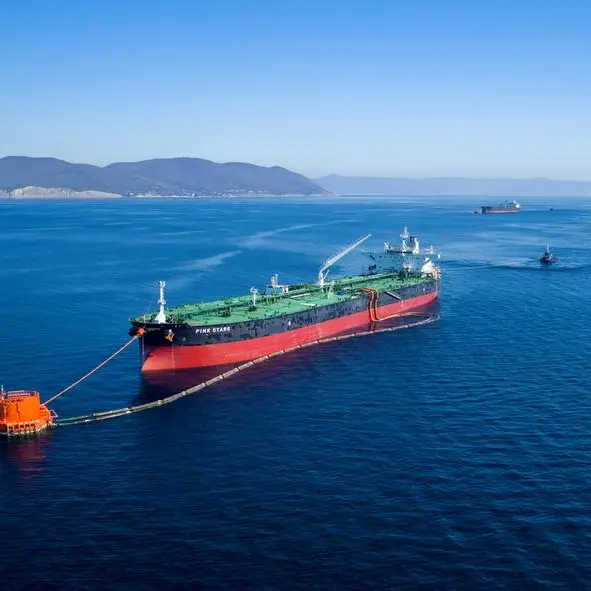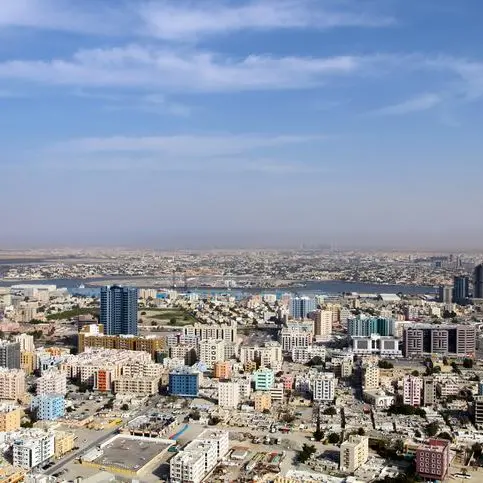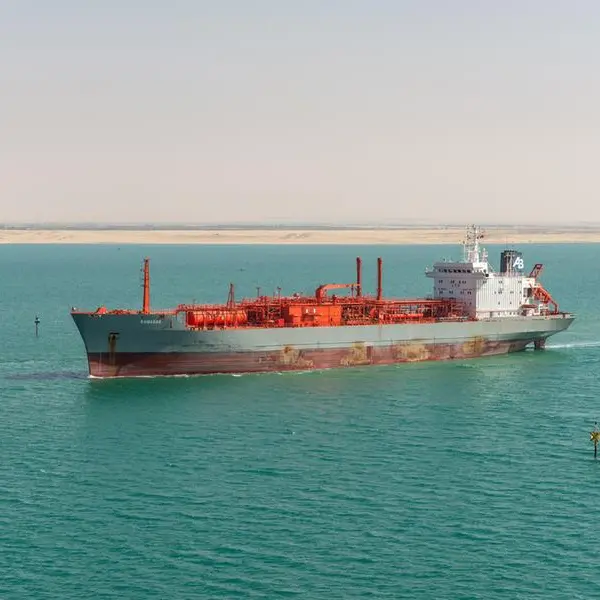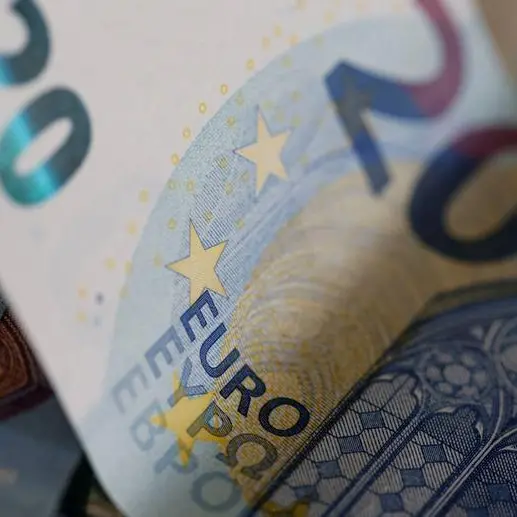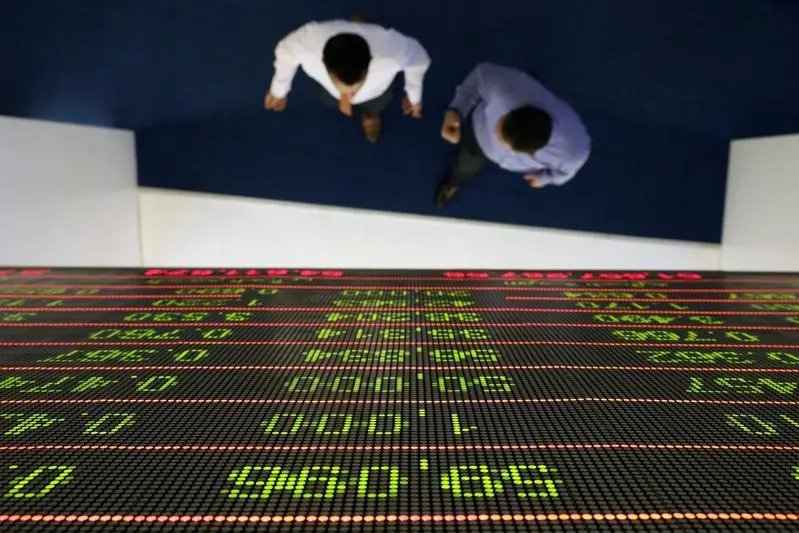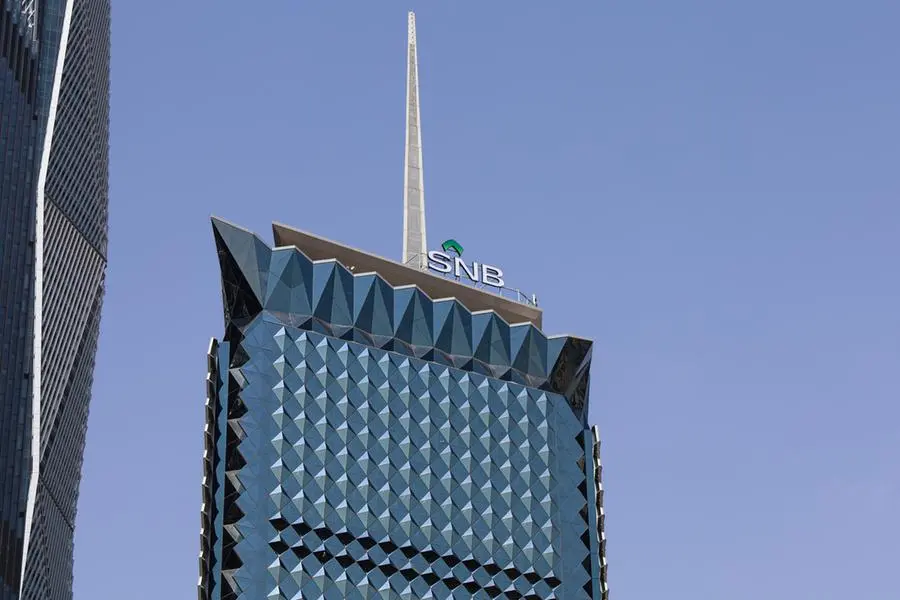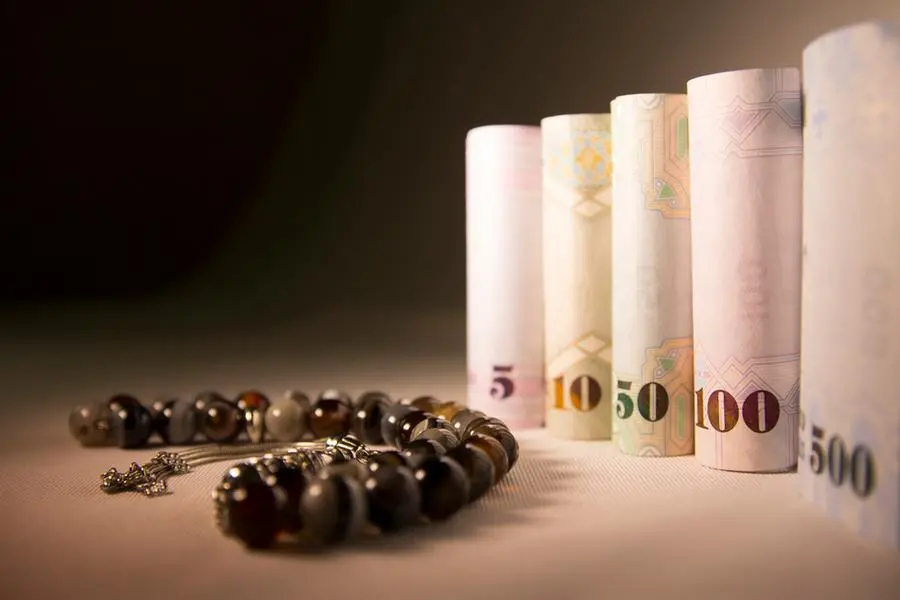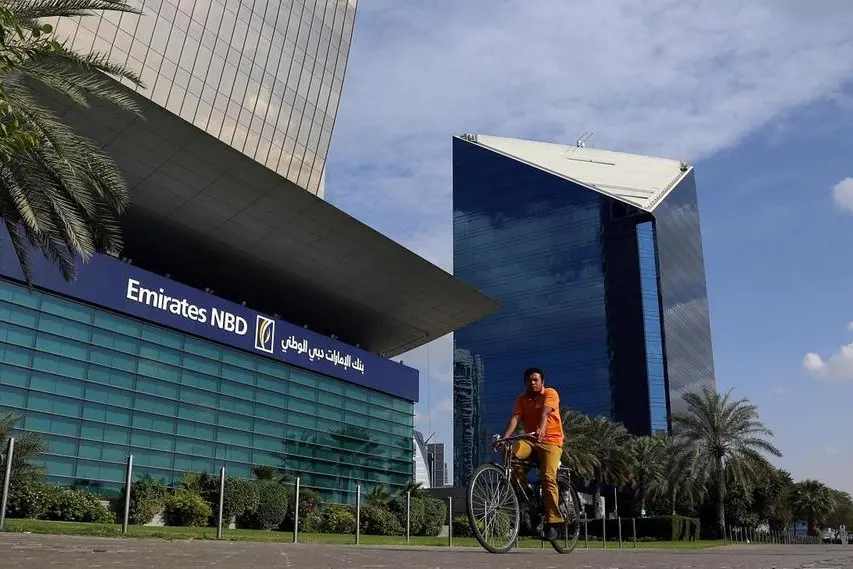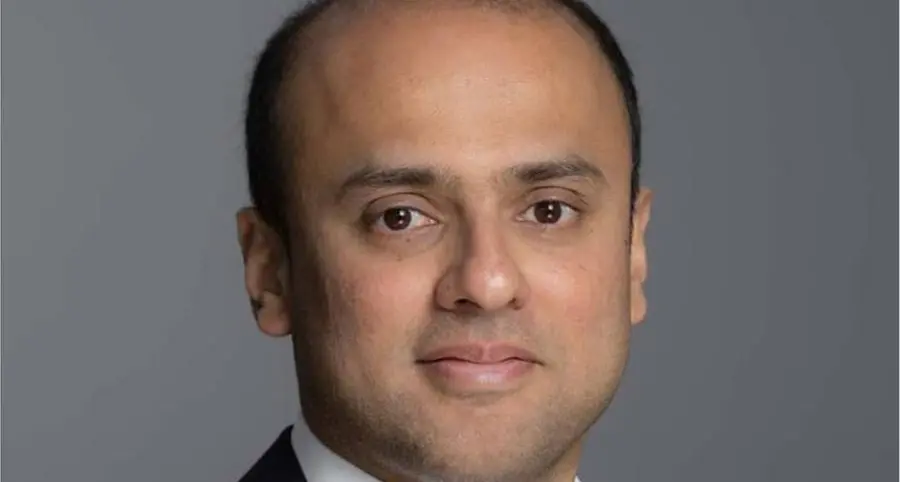The global sukuk market has had another very successful year. 2012 performance was strong, consistent and on a positive trajectory throughout the year with slight bouts of volatility in January, May and August.
Global sukuk, measured by the S&P Dow Jones Sukuk Index, has returned 8% in 2012, 14.2% over two years and 28.8% over five years. These correspond to annualized returns of 8.2%, 6.9% and 5.2% over one-, two- and five-year time frames, respectively.
During an environment of near-zero interest rates, multiple rounds of quantitative easing and crisis management on both sides of the Atlantic, the global sukuk market has continued to grow and establish itself as a complement to Shariah-compliant (as well as conventional) portfolios, offering attractive returns with low volatility and important diversification benefits from low correlations to major asset classes.
Factors and Drivers for 2012
The year started off on a relatively soft note with first-quarter returns of 2.1%, which underperformed emerging market debt returns of 4.25%, as measured by the JP Morgan EMBI Global Diversified Index, and powerful rallies across equity markets between 10% and 20%. Weighing on sentiment and performance at the time was the potential for military conflict or confrontation with Iran, perceived high refinancing risk at some Dubai government-related companies, the supply of new issuance, politics in Egypt and Syria as well as the impact of European bank deleveraging on the availability of credit in emerging markets and the export and economic growth outlook for Malaysia and Indonesia.
The beginning of the second quarter was dominated by "risk-off" trades as concerns grew about problems in the Eurozone and a slowdown in China. Sukuk markets bucked the trend and sidestepped much of the volatility to return 2.1% during the quarter, comfortably outpacing emerging market and government bond indexes, and demonstrating the relative strength of the GCC's and Malaysia's macroeconomic backdrop, improving credit profile and investor sentiment, which received a strong boost from Dubai's successful restructuring of Dubai Holding bank debt and payment of DIFC and JAFZA sukuk maturities which were perceived as among the riskiest credits in Dubai.
September was marked by significant policy moves, with the European Central Bank and the US Federal Reserve revealing new bond-buying measures. The Bank of Japan also said it would increase the size of its asset-purchasing program, while China announced a major infrastructure spending plan to boost flagging growth. The usual positive reaction of risk assets to these moves proved relatively short-lived.
While the economic news globally remained predominately downbeat, the sukuk market economies saw positive development. Some poor macro data out of Asia was tempered by news that Malaysia's fiscal deficit is set to be lower than initially forecast and by the presentation of a sensible budget that forecasts a further decline in the deficit next year. Macroeconomic data from the United Arab Emirates and Saudi Arabia continued to suggest an improvement in growth prospects and encouraged investors to continue to invest in these countries' government bonds.
Inflows into fixed-income funds remained high and both corporate and emerging-market debt issues remained well bid in spite of offering record low interest rates. The extra yield investment grade debt offered over super-safe benchmark government bonds remained close to historic lows and the Dow Jones Sukuk Index returned 2.35% (in US dollars) during the third quarter.
During October and November, the premium paid for credit default swaps on Dubai debt continued to fall and traded below the levels seen before 2009's debt standstill agreement and new landmark transactions from Turkey, Indonesia and Abu Dhabi Islamic Bank, which drew record order books, bolstered the market, which went up 1.9% during the quarter-to-date.
2013 Preview
The measures announced by central banks during the third quarter of 2012 have prompted investors to rethink the likelihood of some of the most extreme scenarios involving, for example, a break-up of the Eurozone.
Nevertheless, in our view, the prospects for global growth appear largely unaltered by central bank actions. We believe that most developed countries still look set to potentially experience weak expansion for some time yet, as many of them continue to deleverage, raise taxes and cut public spending, while the superior fundamentals of many emerging markets, including the GCC, are likely to help them to remain a relatively bright spot in a global context. Although the global economy is currently going through a cyclical slowdown, we still believe that as a whole, it will continue to expand rather than slip into recession.
Of course, we realize that in order to stabilize, the global economy needs to navigate the significant hazards that remain. We believe that the Eurozone crisis is still the most substantial of these and that it will be a sizeable challenge to establish the political consensus needed to strengthen the region's banking system, make use of the support mechanisms outlined by the ECB and implement policies that will help structural reforms.
Similarly, in the US, we believe that a political compromise is necessary to avert the so-called "fiscal cliff" if the US economy is to continue with its recovery. There are no easy fixes, but a framework for reducing US public debt over the long term without sabotaging the country's economic growth in the short term could be possible, in our opinion. In general, we think solutions to such issues, however imperfect, will likely emerge, potentially allowing the global economy to keep expanding at a slow but steady pace.
In terms of other risks, some market participants often cite the possibility of a hard landing for the Chinese economy. With the Chinese government's efforts to curb over-investment in fixed assets, to prevent a housing market bubble and to reduce state spending, we are not surprised that the growth momentum of the Chinese economy has slowed. In many respects, we believe the Chinese authorities' attempts to curb over-investment should be welcomed and that the risks of a hard landing may be overstated, given the substantial resources that the Chinese government can potentially call on to deal with vulnerabilities in the banking system.
Closer to home, data in the Gulf Cooperation Council countries provide a solid underpinning for continued market performance, but this is counterbalanced somewhat by volatility in hydrocarbon prices and political events. In particular, we are cognizant of risks emanating from Iran's internal economic challenges and from its geopolitical confrontations with the US and the international community, which coupled with elections in Lebanon and Israel, and ongoing violence in Syria, may culminate in volatile politics and potential violence in the region. Governments in the GCC however have a successful track record of intervening to support central banks and key economic agents, and retain the financial ability to meaningfully mitigate the fallout from financial or political shocks.
Conclusion
Debt dynamics in the GCC remain among the strongest in the world and the outlook for hydrocarbon prices are expected to support expansionary fiscal policies and economic growth. The risk of assuming and dealing with contingent liabilities from banks and government related entities is receding while liquidity is satisfactory and improving. In Malaysia and Indonesia, strong economic growth, prudent fiscal policy and abundant domestic liquidity support domestic bond and sukuk markets.
Although sukuk prices have rallied and spreads have compressed over the past few years, sukuk markets continue to offer value and remain under-allocated in Shariah-compliant portfolios. The demand-supply imbalance will therefore continue to favor investors in sukuk.
In summary, our longer-term view about the opportunity set for fixed income investors in the current global environment of low growth and low interest rates remains little changed. We believe that opportunities offered by corporate and emerging market sukuk continue to be attractive, while the relative valuations of perceived safe-haven bonds still appear to us to over-estimate the possibility of more extreme scenarios for the global economy.
Mohieddine Kronfol is the chief investment officer, global sukuk and MENA fixed income, at Franklin Templeton Investments (ME).
© Zawya 2013


